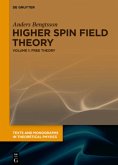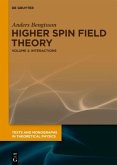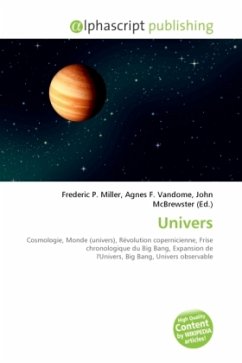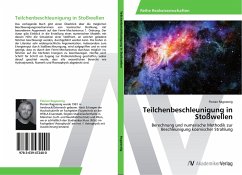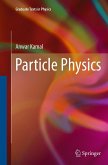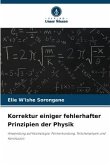This book deals with the quantisation of topological quantum field theories in 1+1 space-time dimensions. These quantum eld theories are the Thirring model and the sine-Gordon model. The Thirring model is a fermionic quantum field theory, which is exactly solvable and hence an interesting laboratory to study quantum effects in a non-perturbative way. While it is well known that the massive Thirring model is renormalisable, the massless model was thought to be non-renormalisable. Here, a more general solution to the massless Thirring model is obtained, which allows to renormalise the massless Thirring model for the first time. The second part deals with the sine-Gordon model. This soliton model is exactly solvable and equivalent to the massive Thirring model. Using path integral techniques the quantum correction to the mass of a soliton is calculated in continuous space-time and within the discretisation technique with periodic and anti-periodic boundary conditions and rigid walls. Finally, it is shown that the nite contribution to the quantum mass of a soliton found in the literature arises due to a non-covariant procedure.
Bitte wählen Sie Ihr Anliegen aus.
Rechnungen
Retourenschein anfordern
Bestellstatus
Storno


